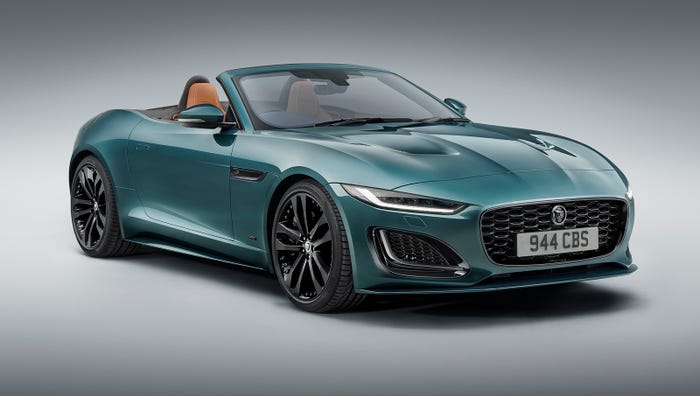Parts Shortage Plagues Russian Automotive Sector
Officials of Russian automotive companies are discussing pooling their resources and forming an investment consortium that would finance joint production of needed parts.

ST. PETERSBURG – An acute shortage of parts is inflicting further damage on the Russian automotive sector, which has struggled since most global producers pulled out of the market in response to Russia’s invasion of Ukraine 1½ years ago.
Domestic automakers and foreign-based manufacturers alike relied mainly on imported auto parts for their assembly operations prior to the onset of the conflict in February 2022. Sanctions imposed on the Russian Federation afterward have cut off imports of parts from the EU.
With sanctions in place and with foreign-owned parts manufacturing operations shut down,
Russian automakers have turned to parallel imports, in which parts are obtained from a friendly country. But under that scheme, parts have not been imported in volumes sufficient to sustain production. Also, increasing numbers of counterfeit parts are finding their way into Russia.
Officials of Russian automotive companies are discussing pooling their resources and forming an investment consortium that would finance joint production of needed parts. The consortium might focus on the development of active and passive safety systems, electronic control systems and gearboxes, as well as batteries and software for electric vehicles.
Producing those components will require specific competencies and considerable costs and may not come to fruition for several years, however.
In addition, most of those officials say their companies have large debts and lack available funds, making implementation of the consortium plan impossible without substantial support from the state.

Denis Manturov
Denis Manturov (pictured, left), head of the Russian Ministry of Industry and Trade, in December announced ambitious state plans to triple the production of auto components and double the total output of all types of cars. The share of domestically built cars in the Russian market would increase from 40% to 80% by 2030. Details of those plans, including funding, have not been revealed.Russian light-vehicle sales totaled 376,545 in the first half of 2023, 1.7% above year-ago, according to Wards Intelligence data. Sales in full-year 2022 totaled 687,370, 41% below 1,666,780 in 2021.
About the Author
You May Also Like



